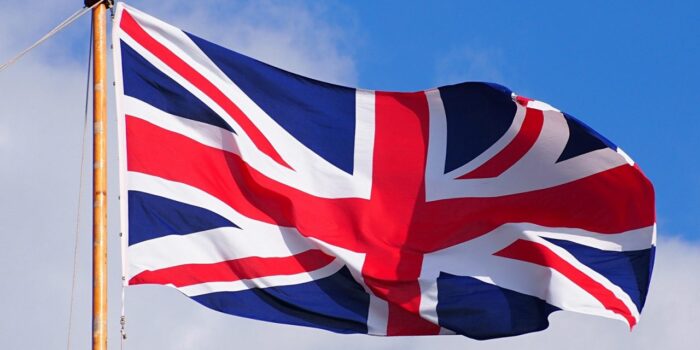The UK MCA carried out a public consultation on draft Marine Guidance Electric Vehicles Onboard Passenger Ro-Ro Ferries, which ran from 25 October to 20 December 2021.
Charging of Electric Vehicles
The guidance contained guidance on what is seen as a minimum standard required for the provision of charging systems for EVs on board Ro-Ro vessels. The guidance, as it was originally conceived, was to act as a minimum standard for vessels offering charging facilities, but during its development and in response to pre-consultation feedback, guidance was added on damaged vehicle carriage (accident recovery, particularly from Islands) and fire-fighting provision for EVs.
The guidance was intended as a technical minimum standard should an operator chose to offer charging of EVs onboard, not as an endorsement of charging or to encourage vessel operators to offer charging facilities onboard.
This will be made clearer in a redraft of the MGN with greater emphasis placed on the fire-safety aspects of carrying EVs over the charging aspects, and emphasis will be made on the environmental issues associated with charging from ship supply as well as the benefits from the use of shore-side infrastructure.
The minimum safety standard required for charging of EVs will remain in the guidance. Whilst there are no UK-flag vessels currently offering charging that the MCA is aware of, there are foreign flag vessels that serve UK ports that offer charging of EVs onboard.
The guidance proposing that operators keep a record of charging operations has been reviewed and will be removed from the revised MGN.
Firefighting and Fire Detection
The guidance includes suggested practice for extinguishing and containing electric vehicle fire onboard ro-ro vessels. While there is no definitive fire fighting approach for electric vehicle fires the MCA offers suggested methods that will prevent the spread of fire and the loss of the vessel.
Electric Vehicle fires are not more likely, and the fire intensity and energy release are not significantly greater than that of a traditionally fuelled vehicle however special care and attention should be paid to specific elements of firefighting and fire detection for electric vehicles.
Fire-blankets are used by some operators (non-UK flagged) that currently offer charging. The issue with the use of fire blankets is that they can not be used once a battery-fire is established but can be used to provide a boundary and stop the fire spread where a potential issue is identified through use of thermal imaging cameras, detection of off-gases, from a charging system identifying a fault or can be used after an electric vehicle fire has been extinguished to reduce the risk of re-ignition, or fire spread post-ignition.
Off gas detection is a developing field in Li-Ion battery fire detection and consideration must be given to the presence of other sources of gases on vessels carrying vehicles when considering the use of off-gas detectors. The MCA will clarify the potential uses for fire-blankets and the limited application for them in the revised MGN.
Guidance for carriage of Damaged Electric Vehicles
The carriage of damaged EVs was included in the guidance to provide some information on how to handle vehicles that have been damaged but still need to be carried on vessels, for example recovery of an accident damaged vehicle from an island with no other means of transporting vehicles than by sea.
The guidance is intended for both EVs that are propelled by their own power and those towed or carried by another vehicle. Some damage to EVs may increase the fire risk, and special provision should be made for them, and guidance as to when such vehicles, or at least when still containing damaged batteries, should not be carried.
The MCA agrees with the concerns raised by operators over the responsibilities of crews around identification and confirmation of battery disconnection and removal (if required) and will update the guidance to include this
Harmful gases and other hazardous chemicals in Electric Vehicle fires
The guidance included a note on the potential harmful gases and vapours that may be released during a Li-Ion battery fire but does not include specific information related to their hazards.
The MCA will include some information on the main hazards from the gases and vapours in terms of toxicity and risk of combustion generated during an EV battery fire and firefighting activities in the revised MGN.
This will only be a summary of the main hazards as a full exploration of these would run to several pages and dominate the body of the MGN which would reduce the effectiveness of the MGN in providing guidance for the firefighting and other challenges of EVs on ships.
Risks to crew in Electric Vehicle Firefighting/First Response
The guidance notes the need for personal protective equipment (PPE) to be worn by responders but does not specify the actual requirements.
In this regard, the MCA will provide more detail on the PPE required for EV firefighting, and it will advise that suits with a secondary layer may offer further protection but will not be required.
The MCA will also investigate the need for enhanced protection for Ro-Ro vessels beyond the SOLAS requirements for firefighting suits.
The government will finalise the guidance with a view to publishing by Summer 2022.































































